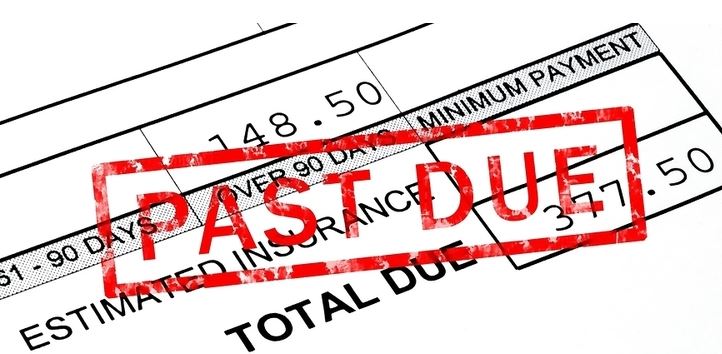
When to Send the Invoice to your Customers
By: Rawley Filbin, Former COO of Filbin Painting and Co-founder of USEFUZE- a free mobile app designed for small businesses to grow and manage their business or side-hustle. To learn more about USEFUZE, check out https://zgn7w.app.link/TFXiKSsI7qb
Your business can’t survive without cash, and so even if a customer isn’t paying upfront for your services, you still need to send them an invoice for the work you’ve done so that you can get paid. But how do you know when it’s the right time to do this? Well, in this article we’ll explore when is the best time to send your invoice, and what you should include on an invoice.
What is an Invoice?
An invoice is a document that businesses send to their customers to request payment for goods or services. It typically contains a breakdown of the items purchased, the quantities, the prices, the terms of payment, and other important information.
Businesses send out invoices for two main reasons:
- To keep track of what they’ve sold: An invoice helps businesses keep track of what products or services they’ve sold, how many, and to whom. This information is important for bookkeeping and tax purposes.
- To request payment: Of course, businesses also use invoices to request payment from their customers. The invoice should include all the necessary information about the purchase, as well as the terms of payment (e.g., “net 30”).
If you’re a business owner, it’s important to know when to send your invoices. In most cases, you’ll want to send an invoice as soon as the goods or services have been delivered to the customer. This will give them the opportunity to make a payment right away.
When is the best time to send an invoice?
Ideally, you should send your invoices as soon as the work is completed. This way, the customer can’t forget about the bill and will be more likely to pay promptly.
If that’s not possible, then the next best option is to send the invoice at the beginning of the month. This will give customers plenty of time to budget for the payment and make sure it doesn’t get lost in the shuffle.
Whatever you do, avoid sending invoices at the end of the month. This is when most businesses are trying to close out their books and customers are less likely to have extra money available to pay bills. You’re also more likely to get lost in the shuffle since many other businesses will send out their invoices at the same time.
What should I have on the invoice?
When you send your invoice, make sure it is clear and concise. It should include the following:
- The date of the invoice
- Your business name and contact information
- The client’s name and contact information
- A description of the work performed or products sold
- The agreed-upon price for the work performed or products sold
- The due date for payment
- Any applicable discount or terms of payment
- Your signature (if sending a physical copy) or electronic signature (if sending electronically)
Should I include taxes in my price?
The answer to this question depends on the country in which your business is based, as well as the country in which your customer is located. In general, you should include taxes in your price if your customer is located in the same country as your business. However, if your customer is located in a different country, you may not need to include taxes in your price. You should check with your accountant or tax advisor to determine whether or not you need to include taxes in your invoice price.
Should I offer discounts for early payment of the invoice?
This is a common question that business owners face. There is no one answer that fits all businesses, so you will need to carefully consider what makes the most sense for your company. Some things to think about include:
-What are the standard payment terms in your industry?
-How much cash flow do you need to maintain operations?
-Can you afford to wait for payments?
-Would offering a discount incentivize customers to pay sooner?
If you decide that offering a discount is the best option for your business, there are a few different ways to structure it. The most common is to offer a 2% discount for payments made within 10 days of the invoice date. You can also offer a tiered discount, such as 2% for payments made within 10 days and 1% for payments made within 30 days.
Whatever you decide, be sure to clearly state your payment terms and discounts (if any) on your invoices so there are no surprises for your customers.
Conclusion
Sending your invoice at the right time is crucial to getting paid on time. If you send your invoice too early, the client may not have been expecting it and could overlook it. If you send your invoice too late, the client may have already spent the money and will be less likely to pay promptly. The best time to send your invoice is usually within a week of completing the work. This gives the client enough time to receive and review the work, but also ensures that they don’t forget about the bill.
There are tons of services out there to help you grow your business and manage your day-to-day operations. You need to make sure you pick the one that works for you and your needs. USEFUZE is a free service that is perfect for small businesses and does not overwhelm you with needless features. With USEFUZE you create your own profile, complete with pictures of your work and ratings from past customers that you can share with anyone as a digital business card. You can also create and instantly send professional and branded estimates and invoices to your customers and manage your pending and ongoing projects, all in one free app. To learn more, check out https://zgn7w.app.link/TFXiKSsI7qb

